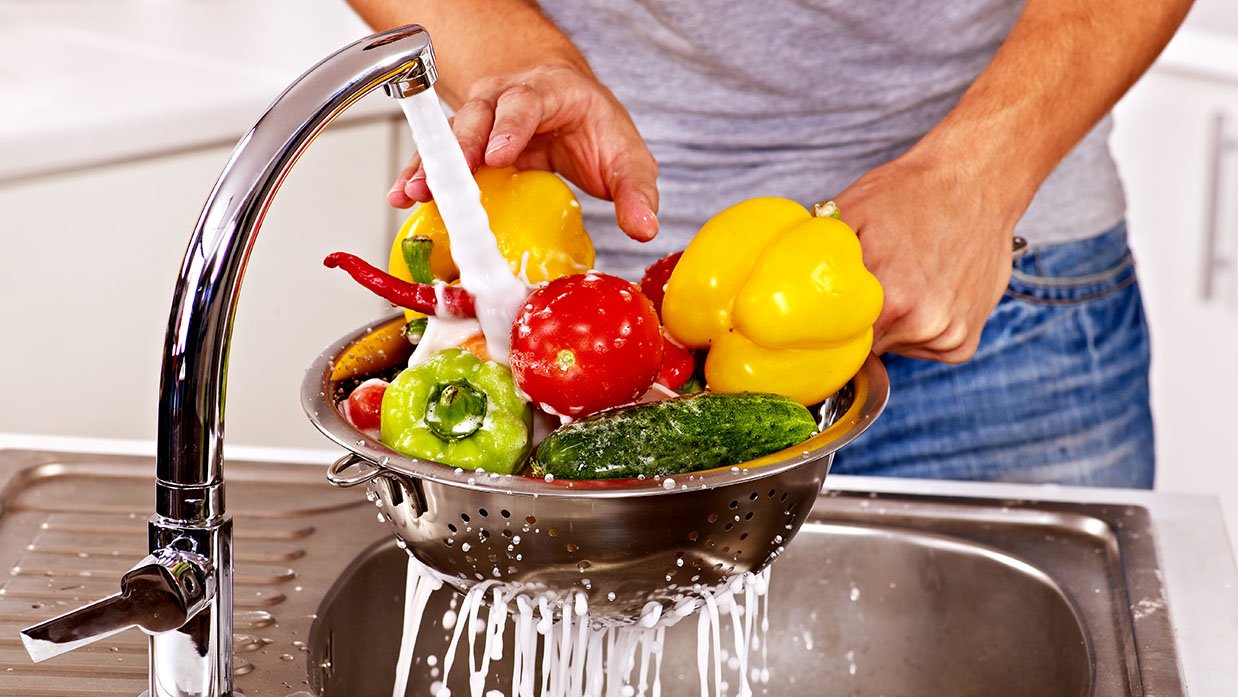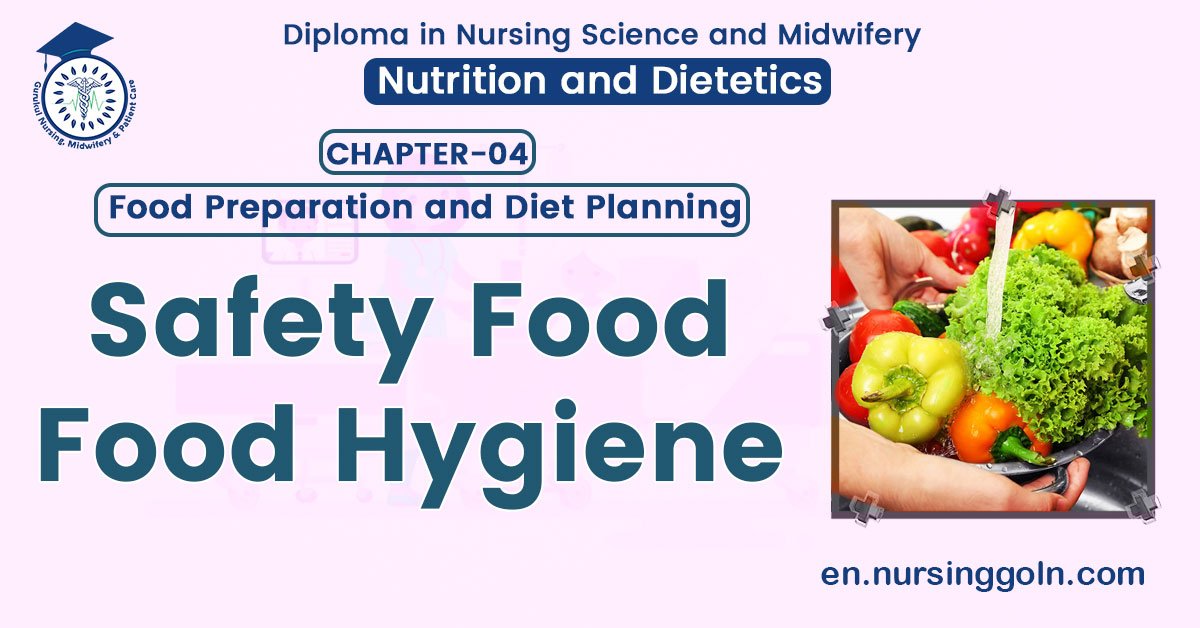Safety Food/ Food Hygiene – This book covers the entire syllabus of “Nutrition and Dietetics” prescribed by BNMC-for all Diploma in Nursing Science and Midwifery students. We tried to accommodate latest information and topics. This book is examination friendly setup according to the teachers’ lectures and examination’s questions. At the end of the book previous university questions are given. We hope in touch with the book students’ knowledge will be upgraded and flourished. The unique way of presentation may make your reading of the book a pleasurable experience.

Safety Food/ Food Hygiene
Food Safety
Food safety is used as a scientific discipline describing handling, preparation, and storage of food in ways that prevent food-borne illness. The occurrence of two or more cases of a similar illnesses resulting from the ingestion of a common food is known as a food-borne disease outbreak.
(Ref by- https://en.wikipedia.org)
Food Safety refers to handling, preparing and storing food in a way to best reduce the risk individuals becoming sick from foodborne illnesses. The principles of food safety aim to prevent food from becoming contaminated and causing food poisoning. This is achieved through a variety of different avenues, some of which are:
- Properly cleaning and sanitizing all surfaces, equipment and utensils
- Maintaining a high level of personal hygiene, especially hand-washing
- Storing, chilling and heating food correctly with regards to temperature, environment and equipment
- Implementing effective pest control
- Comprehending food allergies, food poisoning and food intolerance
Food Hygiene
The WHO has defined food hygiene as “All conditions and measures that are necessary during the production, processing, storage, distribution and preparation of food to ensure that it is safe, sound, and wholesome and fit for human consumption.”
(Ref: WHO website)

OTHER DEFINITIONS – NICE TO KNOWI
Food hygiene is defined as measures taken to ensure soft, wholesomeness and soundness of food at all stages from its growth, production, manufacture and final consumption.
(Ref: Onila Salin’s Essential nutrition/1/89)
Aims of Food Hygiene:
The aims of food-hygiene are to protect –
1. Against contamination of food from the bacteria and harmful agents.
2. Against sale of adulterated food”
3. Against false advertisements.
4. Against supply of inferior quality of food.
(Ref: Onila Salin’s Essential nutrition/1/89)

The five key principles of food-hygiene, according to WHO, are:
1. Prevent contaminating food with pathogens spreading from people, pets, and pests.
2. Separate raw and cooked foods to prevent contaminating the cooked foods.
3. Cook foods for the appropriate length of time and at the appropriate temperature to kill pathogens.
4. Store food at the proper temperature.
5. Use safe water and safe raw materials.
Read more:
